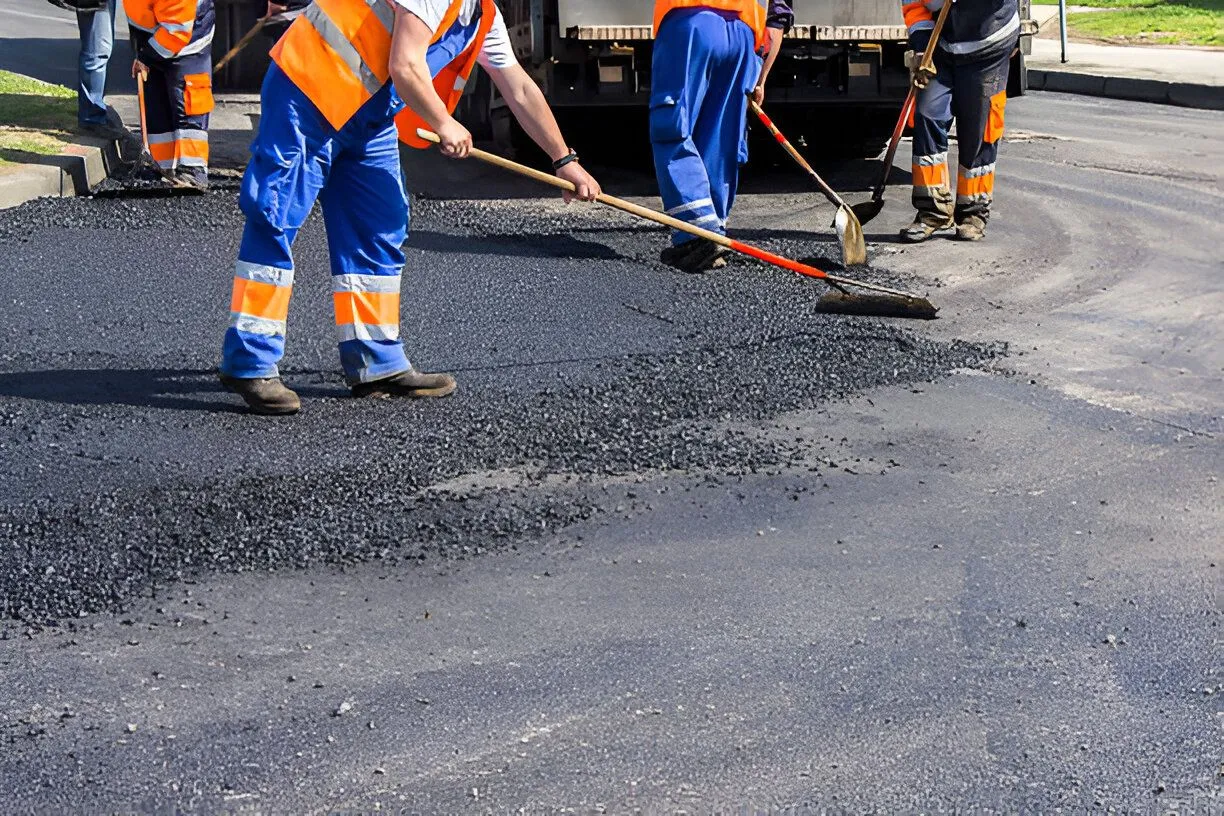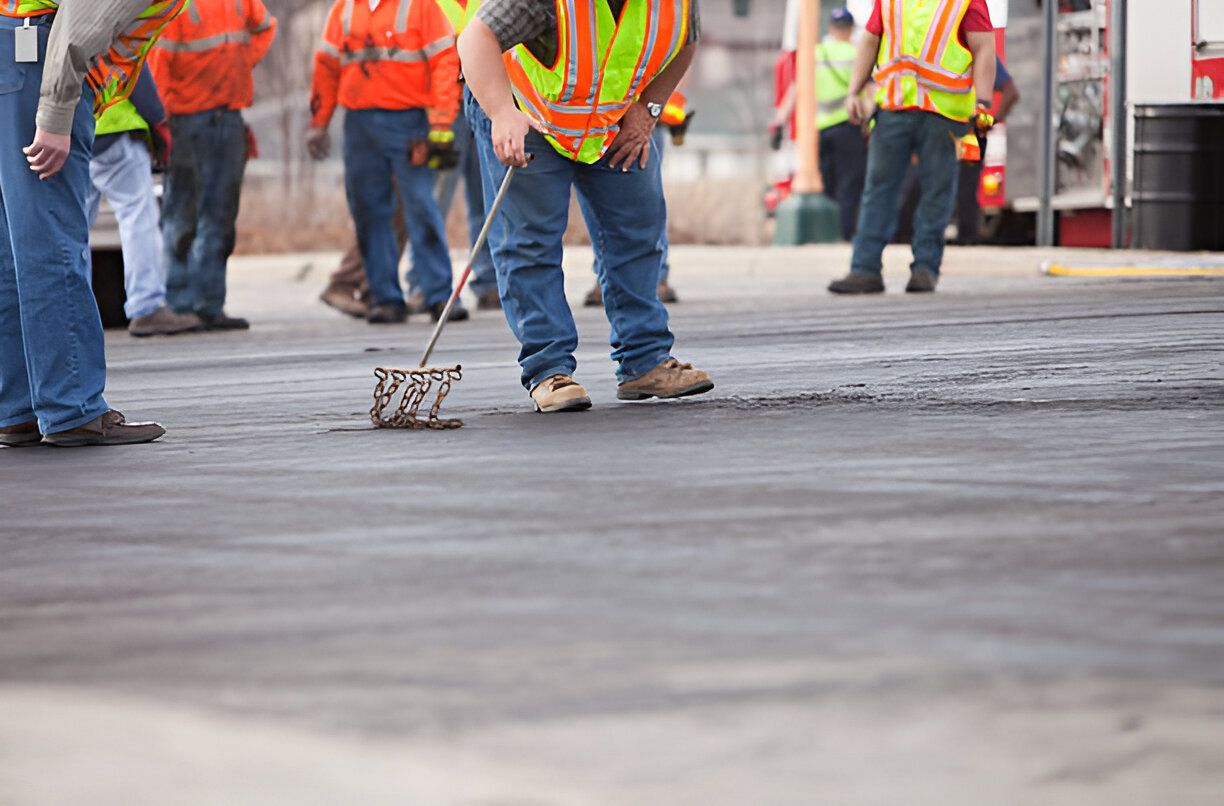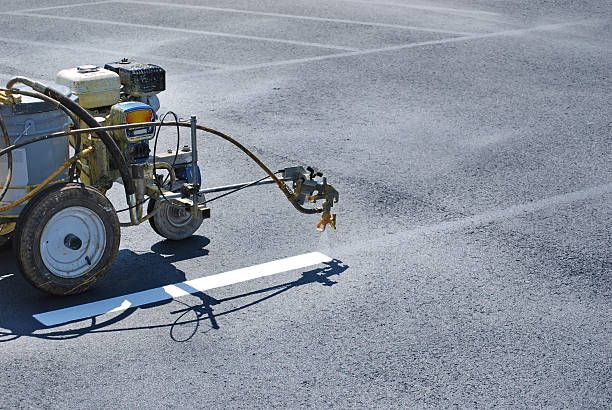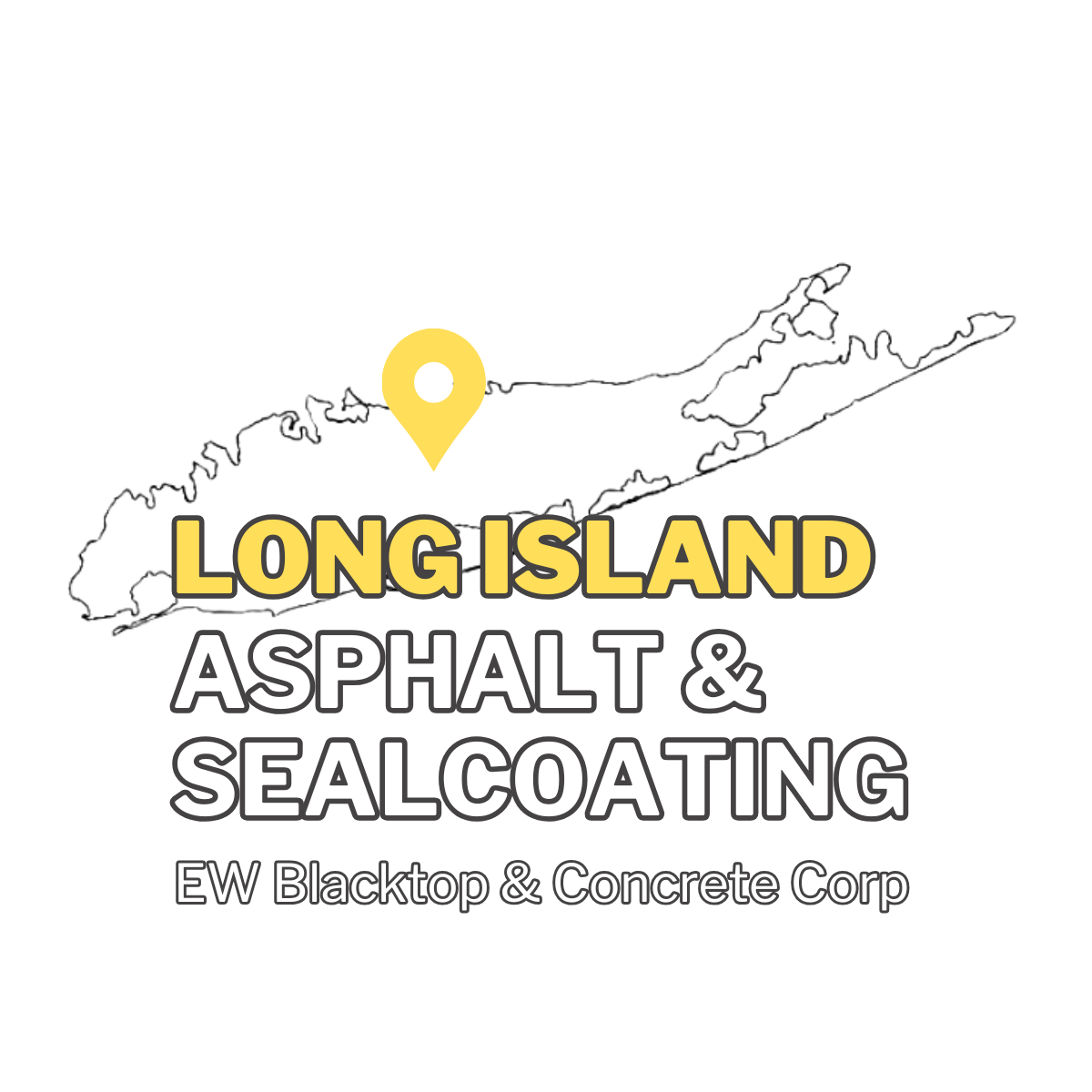What Is Asphalt Overlay? When Is It a Better Option Than Full Replacement?
At Long Island Asphalt & Sealcoating, we know that choosing the right paving solution can make all the difference for your residential driveway or commercial lot. Asphalt paving is essential for maintaining safe, functional, and visually appealing surfaces for homes and businesses alike. Over time, driveways and parking lots deteriorate due to traffic, weather, and age. When that happens, property owners face a critical question: should you go with an asphalt overlay or invest in a full replacement? Our team at Long Island Asphalt & Sealcoating helps homeowners and commercial clients make informed decisions by assessing their pavement needs and explaining the pros and cons of each method. This guide breaks down the key differences and when each option is best suited for your Long Island property.
Understanding Asphalt Overlay and Full Replacement
What Is an Asphalt Overlay?
An asphalt overlay is a paving solution that involves applying a fresh layer of hot mix asphalt over an existing surface. This method revitalizes the pavement's appearance and function while being more budget-friendly than a full tear-out. Overlaying is ideal for surfaces with minor surface wear but a strong, intact base. The process includes surface cleaning, applying a tack coat, and laying down 1.5–2 inches of new asphalt. This efficient resurfacing option is commonly used on residential driveways and commercial parking lots.
For reliable overlay services in your area, visit Long Island Asphalt & Sealcoating.
What Is a Full Asphalt Replacement?
Full asphalt replacement is a more comprehensive approach that involves removing the old asphalt and rebuilding the pavement from the ground up. This process includes excavation, constructing a new sub-base, and applying fresh asphalt in layers. Full replacement is necessary when there's structural damage, such as widespread cracking, drainage issues, or sub-base instability. Though more costly and time-consuming, it delivers long-term durability for high-traffic surfaces.
If your driveway or parking lot needs a fresh start, consider asphalt driveway paving in Long Island from Long Island Asphalt & Sealcoating.
Key Differences Between Overlay and Replacement
Depth and Thickness Considerations
Asphalt overlays are typically applied at a thickness of 1.5 to 2 inches, depending on surface conditions. This thickness is sufficient for covering surface wear and small imperfections. In contrast, full replacement can go deeper as it involves rebuilding the sub-base to ensure structural stability. If the existing surface has significant cracking or uneven areas, an overlay won’t suffice, and full replacement is recommended.
Long Island property owners can trust Long Island Asphalt & Sealcoating to evaluate the right depth and method for their pavement.
Surface vs. Subsurface Repairs
Overlays address surface-level problems like minor cracks, fading, and general wear. However, if the base layer is compromised, an overlay may only offer a temporary fix. Subsurface damage such as alligator cracks, deep potholes, or shifting sub-base conditions signals a need for full replacement. Fixing the root cause rather than masking it ensures long-term results.
Get a professional opinion with a site visit from Long Island Asphalt & Sealcoating.
When to Choose Asphalt Overlay
Cost-Effectiveness of Overlays
For Long Island property owners, asphalt overlays offer a budget-friendly way to restore pavement. Overlays generally cost 30–50% less than full replacements, making them attractive for residential driveways or lightly-used commercial areas. Reduced labor and materials translate to lower project costs without compromising aesthetics.
Save on resurfacing by choosing asphalt overlay services from Long Island Asphalt & Sealcoating.
Timeline Advantage
Overlay projects can typically be completed within one to two days, depending on the area’s size. This quick turnaround is ideal for busy homeowners and business owners who can’t afford long downtimes. Overlays also require less equipment and fewer permits, making them logistically simpler.
For fast, efficient results, reach out to Long Island Asphalt & Sealcoating.
Ideal Conditions for Overlay
Overlays are best suited for asphalt surfaces with minor cracking, slight fading, and a structurally sound base. Conditions must be free from major drainage issues, and the sub-base should not show signs of heaving or instability. If your driveway meets these criteria, an overlay is a cost-effective solution that adds years of life to your pavement.
Check if your property qualifies by scheduling an inspection with Long Island Asphalt & Sealcoating.
When Is Full Replacement Necessary?
Signs That Indicate Full Replacement
There are clear signs that a full asphalt replacement is needed. These include base failure, extensive cracking, uneven surfaces, and water retention. Drainage issues and visible surface deformation usually point to deeper problems that overlays can’t resolve. Addressing these concerns early prevents more costly repairs in the future.
Consider a full replacement through Long Island Asphalt & Sealcoating’s commercial paving services.
Long-Term Value vs. Short-Term Fixes
While full replacement involves a higher upfront investment, it provides unmatched durability and lower maintenance over time. A well-installed asphalt surface can last 20 to 30 years, compared to 7 to 15 years for overlays. For high-traffic areas, the ROI is greater, making replacement a smart long-term decision.
Trust Long Island Asphalt & Sealcoating for professional asphalt installation.
Lifespan Comparison
How Long Does an Overlay Last?
With proper maintenance, including regular sealcoating and crack filling, an overlay can last 7 to 15 years. The key to longevity is ensuring the base is stable and that the surface is kept free from pooling water and debris. Routine inspections are essential.
Protect your investment with driveway sealcoating services.
How Long Does a Replacement Last?
A full asphalt replacement offers a lifespan of 20 to 30 years, especially when done professionally and maintained correctly. This makes it the ideal option for commercial lots, driveways with high usage, or areas exposed to extreme weather.
Explore options with Long Island Asphalt & Sealcoating.
Winter Considerations in Long Island
Is Asphalt Overlay Suitable for Winter Projects?
Overlaying asphalt during winter poses challenges due to temperature sensitivity. Hot mix asphalt requires temperatures above 50°F to set properly. Cold patching can be used for temporary fixes, but permanent overlaying should wait for warmer months. Full replacements are also limited during winter.
Plan ahead with help from Long Island Asphalt & Sealcoating.
Cold Patching vs Hot Mix Options
Cold patching is a temporary winter repair that fills potholes and cracks. It helps maintain surface safety until permanent hot mix asphalt can be applied. Though convenient in the short term, it lacks the durability of a professionally applied overlay.
Ask about seasonal services at Long Island Asphalt & Sealcoating.
Resurfacing for Commercial vs. Residential Needs
Driveways vs Parking Lots
Residential driveways often deal with lighter traffic and benefit from asphalt overlays if structurally sound. Commercial parking lots, however, face heavier loads and frequent traffic, which often necessitate full replacement to maintain safety and functionality.
Explore residential and commercial paving options with Long Island Asphalt & Sealcoating.
Regulatory Considerations (ADA compliance, drainage)
Commercial properties must comply with ADA standards and drainage regulations. Full replacements allow for adjustments in slope and grading to meet these requirements. Overlaying doesn’t provide the same flexibility for code compliance.
Stay compliant with help from Long Island Asphalt & Sealcoating.

Maintenance After Asphalt Overlay
How to Extend the Life of Your Overlay
Regular maintenance is key to maximizing your overlay’s lifespan. Schedule sealcoating every 2–3 years, keep the surface clean, and promptly fill any cracks. Seasonal inspections before winter and after heavy rainfall help catch early signs of damage.
Book your maintenance with Long Island Asphalt & Sealcoating.
Signs You’ll Need a Replacement in the Future
Widening cracks, surface slippage, and water pooling are signs that your pavement may need a full replacement soon. If patching and overlays are no longer effective, it’s time to plan for a long-term solution.
Consult the pros at Long Island Asphalt & Sealcoating.
Expert Advice: Choosing the Right Option
How to Evaluate Your Asphalt Surface
Walk your pavement and look for signs like deep cracks, uneven surfaces, and standing water. If damage covers more than 25% of the area or you suspect base failure, professional evaluation is necessary. Early action can prevent bigger problems.
Get started with a free inspection from Long Island Asphalt & Sealcoating.
Questions to Ask Your Asphalt Contractor in Long Island
Before hiring a contractor, ask about:
- Experience with overlays and full replacements
- Warranties offered
- Base and drainage inspection methods
- Timeline and maintenance support
For dependable service, choose Long Island Asphalt & Sealcoating.
Conclusion
Whether you're resurfacing a driveway or restoring a commercial lot, the decision between asphalt overlay and full replacement hinges on your pavement’s condition, budget, and long-term goals. Overlays offer cost-effective, quick fixes for minor issues, while full replacements provide a robust, long-lasting solution for severe damage. At Long Island Asphalt & Sealcoating, we’re committed to guiding you through the process and delivering results you can trust for years to come.
FAQs
Q1: What is the main difference between asphalt overlay and full replacement?
A1: Overlays apply a new asphalt layer over existing surfaces, while full replacements involve removing and rebuilding the entire pavement structure.
Q2: How much can I save with an asphalt overlay?
A2: Overlays are typically 30–50% cheaper than full replacements due to reduced labor and material costs.
Q3: How do I know if I need a full replacement?
A3: Signs like base failure, water damage, and widespread cracks suggest a full replacement is necessary.
Q4: Can overlays be done in the winter?
A4: Overlays require temperatures above 50°F, so winter projects may need to be postponed or temporarily patched.
Q5: Who should I contact for an asphalt evaluation in Long Island?
A5: Contact Long Island Asphalt & Sealcoating for a free consultation and expert site assessment.



